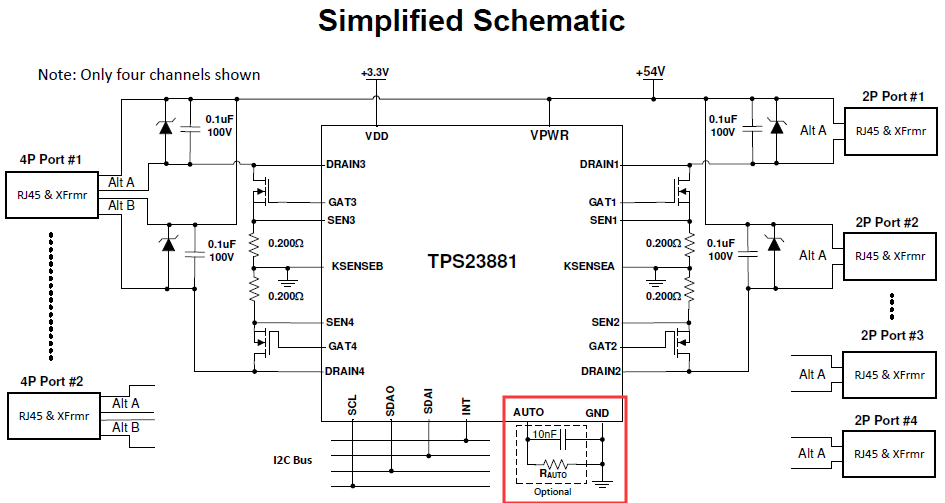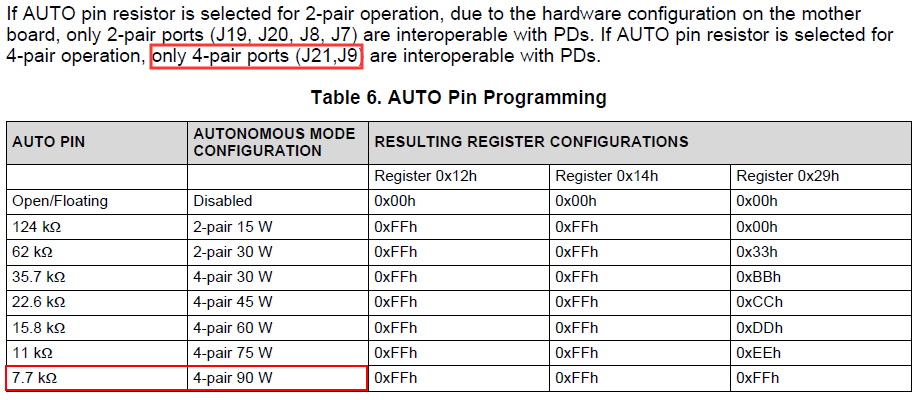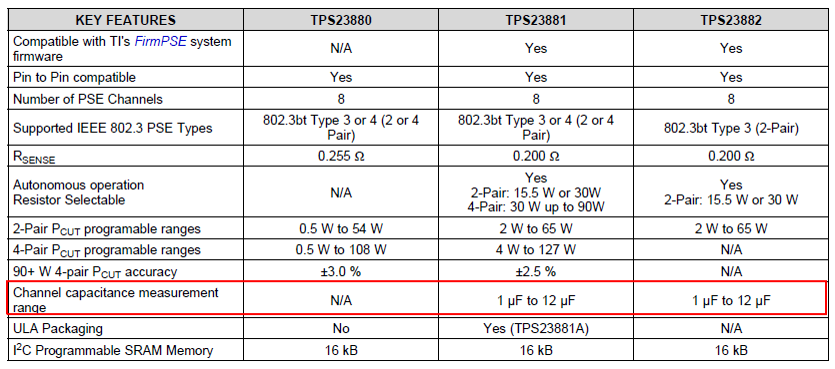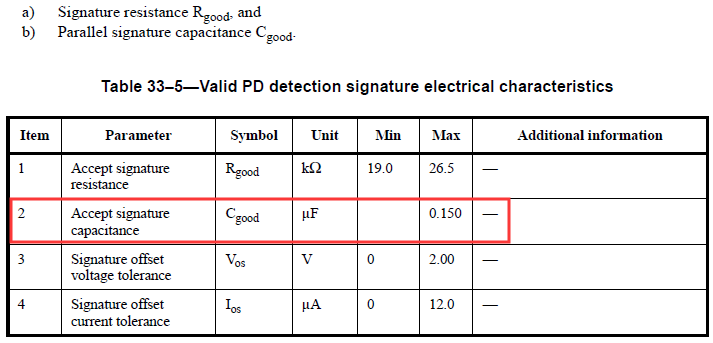Other Parts Discussed in Thread: TPS23880, USB2ANY, MSP-EXP430FR5969, TPS23881, TPS23882, TPS23861, BOOST-PSEMTHR-007
1
Page 3 of the document "slvub84b TPS23880EVM: PoE, PSE, TPS23880 Evaluation Module", said that
"The TPS23880 device must be configured through the host to become operational. This EVM provides 2 ways to control the TPS23880: TPS23880EVM GUI (with USB2ANY) and MSP-EXP430FR5969 LaunchPad."
TPS23880EVM will doesn't work directly from factory (without configuration)?
2
If it must be configured, than I must be have a USB2ANY or MSP-EXP430FR5969 ?






